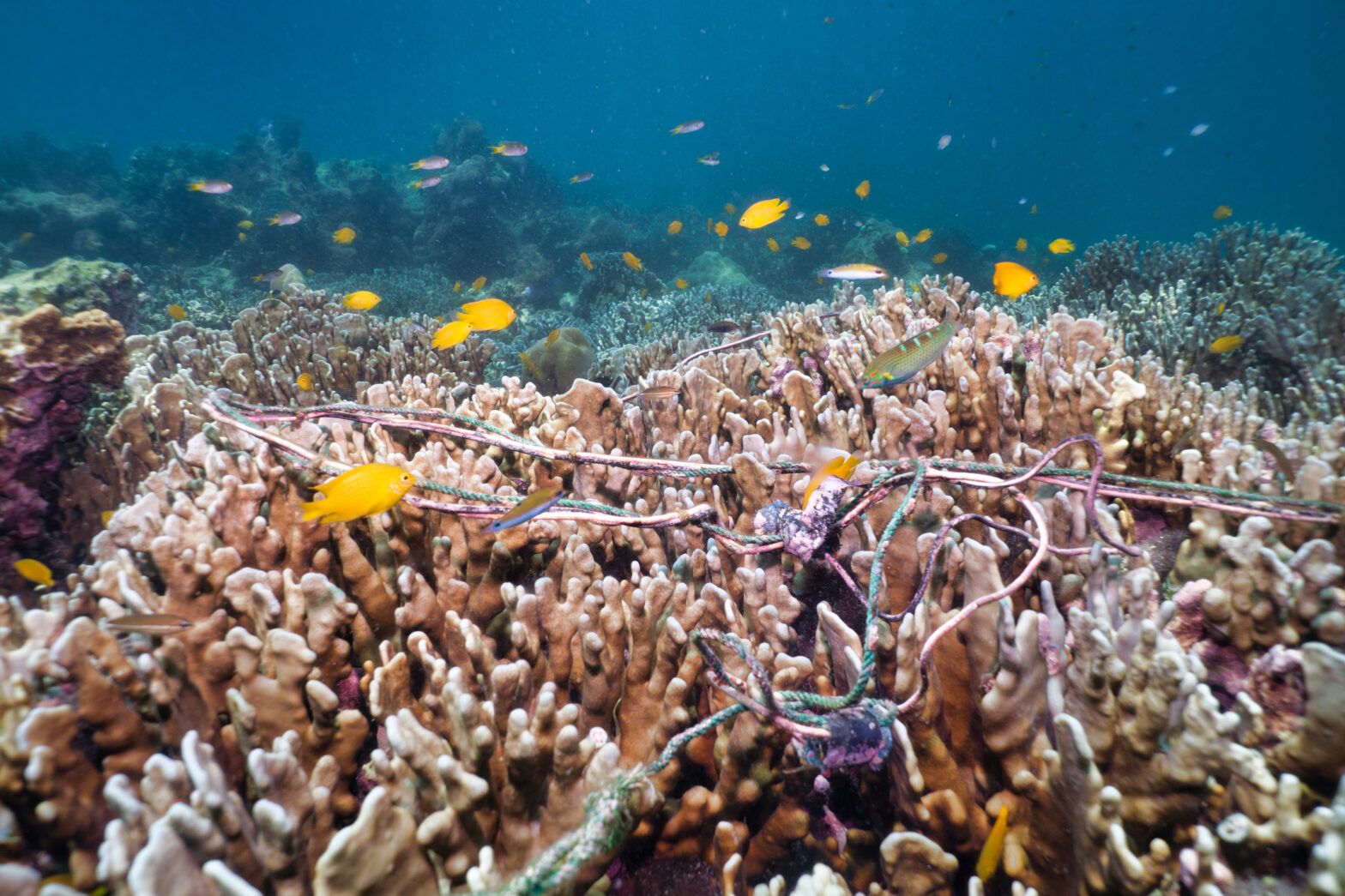Attracting investors to biodiversity causes has become one of the critical steps following the passing of the global biodiversity framework at COP15 late last year.
In the wake of that ground-breaking agreement, 196 countries that are signatories must develop their own biodiversity plans ahead of the COP16 event next year in Turkey, said Sonya Likhtman, manager at Federated Hermes, speaking at a UN Environment Programme Finance Initiative webinar.
Elements of the new framework will push large companies and financial institutions to assess and disclose impacts, dependencies and risks related to biodiversity, Likhtman said, pointing to target 15 of the agreement.
“At the moment, we have quite limited disclosure from companies,” Likhtman, who shared her thoughts on the framework with ESG Clarity at its launch in December, said. “Target 15 is going to be really central for private sector action.”
Another aspect of it, target 19, will focus on scaling and delivering financial resources to national biodiversity initiatives.
Just ahead of COP15, Federated Hermes began working on biodiversity impact strategy funded by the UK government. That initiative, the Big Nature Impact Fund, is in partnership with environmental impact investment adviser Finance Earth. It includes nature-based investments in the areas of land, coasts, rivers and oceans and supports green jobs in rural areas.
Working with a firm with an institutional footprint provides knowledge and access to investors, while the much smaller adviser has expertise in what biodiversity-related activities are investible, said Richard Speak, cofounder and managing director of Finance Earth.
“Neither of us could achieve this alone,” Speak said. “When you’re trying to innovate and change a market, you need to make space for these kinds of partnerships.”
‘Running out of time’
The groups plan to scale that strategy for broader application across the UK, potentially for hundreds of millions of dollars in investments, he said. The government will benefit from the arrangement not only by getting the fund but also by having a way to test the strategy as a way to see what is needed to get more private assets directed towards nature-based investments, he said.
That is critically important, given a potential parallel seen in the level of progress in reducing greenhouse gas emissions, as annual targets have been missed, he noted.
“We have to get this right, because we are running out of time – so go further and faster,” he said.
Additional sources of capital – but public and private – are needed for protecting biodiversity, said Adhiti Gupta, senior financial expert in biodiversity finance at the UN Environment Programme.
“The use of bonds to finance biodiversity is a growing opportunity,” Gupta said. That applies to both traditional use-of-proceeds bonds as well as sustainability-linked bonds, the latter of which include performance standards for issuers.
A bond issuance by Uruguay in 2022 is an example, with $1.5bn of notes funding sustainable causes, with targets around reducing greenhouse gas emissions and sustaining forest land, Gupta noted. That issuance was compelling as it includes both a step up in pricing if the issuer does not meet targets as well as a step down if it does, she said.








